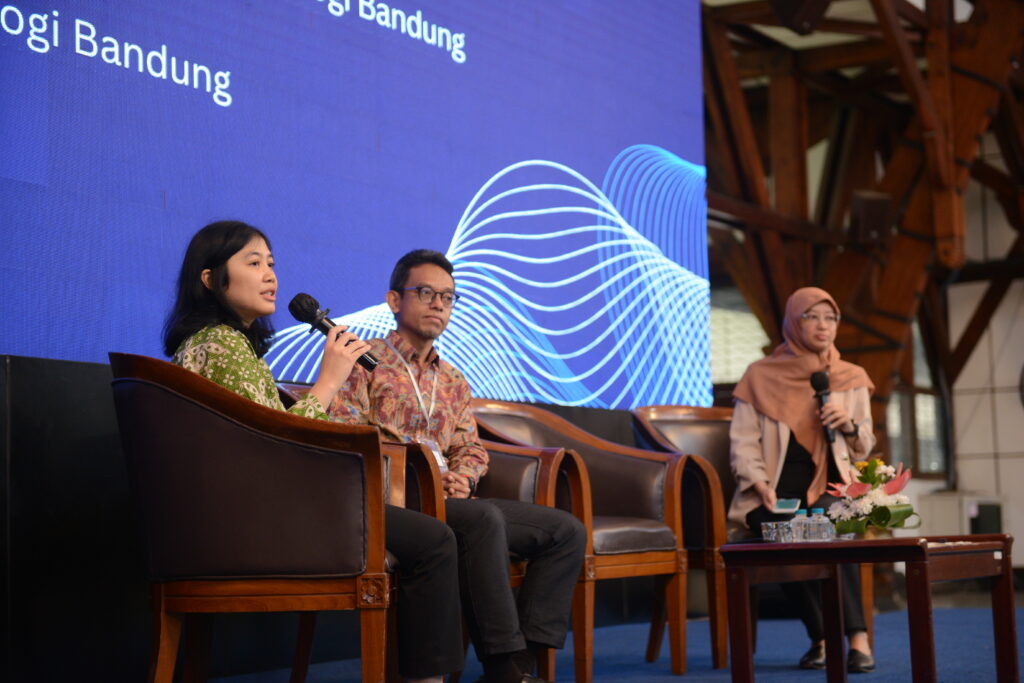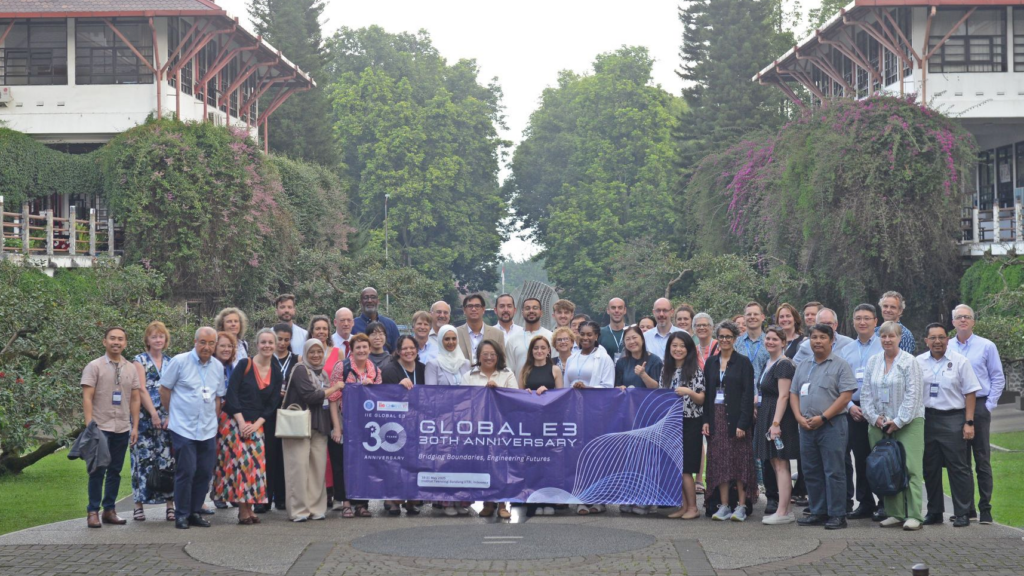Study Abroad Among U.S. Engineering Students Has Grown More Than 5x Since Global E3’s Founding
Rapid change, from biotechnologies to infrastructure to aerospace, has placed engineering in demand around the world. But how can educators ensure that engineering students are well-rounded enough to work across and thrive on international and multicultural teams? Thirty years ago, IIE and several engineering schools led the charge by creating the Global E3 Consortium. The purpose: to remove barriers that preclude engineering students from studying abroad, and in turn provide these students with international experience and valuable soft skills necessary to succeed in today’s global professional environment. Today, the consortium has grown to nearly 70 leading engineering colleges and universities worldwide.


To celebrate three decades—and a more than fivefold increase in U.S. engineering students’ study abroad participation—50 representatives of 35 Global E3 member institutions from 18 countries convened at the Institut Teknologi Bandung (ITB) in Indonesia for the Annual Members Meeting this spring. The event underscored the commitment that each institution has to expanding exchange and support for engineering students. While the consortium’s membership composition has changed over the years, its mission remains the same and more relevant than ever. In addition to the highly specialized technical education that employers seek, employers also consistently value the transversal skills and global perspective needed to thrive on multicultural and international teams—skills such as flexibility and adaptability, intercultural competence, tolerance for ambiguity, and self-awareness.
Global E3’s unique approach directly addresses the needs of both employers and students by creating viable options for the latter to gain valuable global experience without sacrificing their graduation course requirements and timelines. To ensure academic continuity, Global E3 institutions must offer sufficient engineering courses in English to satisfy the student’s home university requirements. Students are also encouraged to take additional courses in the language native to the host country, thus enabling greater understanding of its cultural context and helping them develop soft skills that give them an employment edge.
At the time of Global E3’s founding, Open Doors data® showed that engineering students represented just 2.2% of U.S students studying abroad; in 1995, that was just 1,881 students. Today, that number has risen to more than 10,000 engineering students from the U.S. engaging in study abroad in the academic year 2022/23, thanks in part to the consortium’s exchange programs and advocacy. Engineering has become the sixth most-popular field of study for U.S. students who study abroad and the second most popular field of study for international students choosing to study in the United States.
The Consortium’s reach spans continents with 69 members from countries across the globe, including Argentina, Australia, Belgium, China, Colombia, Denmark, Egypt, Finland, France, Germany, Hong Kong, Indonesia, Israel, Italy, Japan, Malaysia, Mexico, the Netherlands, Singapore, South Korea, Spain, Sweden, Türkiye, the United Arab Emirates, the United Kingdom, and the United States. Through this extensive network, the Consortium exchanges 250 to 300 students per academic year, with IIE administering the application review and placement process.
Global E3 has grown to more than just exchange; due to the caliber of its member institutions, Global E3 has risen to be a thought leader and collection of experts in the field of international engineering education. Its Annual Meetings, such as the one held in Bandung in May, are hosted each year by a different member institution, showcasing the robust knowledge base surrounding engineering education and exchange within this group. Through conference sessions and various publications, the Consortium has become known for its visionary leadership and longstanding success.
As Global E3 reaches its 30th anniversary, we celebrate the impact it has had and the prospect of continuing to expand global engineering education and thank each of its institutional members for their collaboration and commitment.
